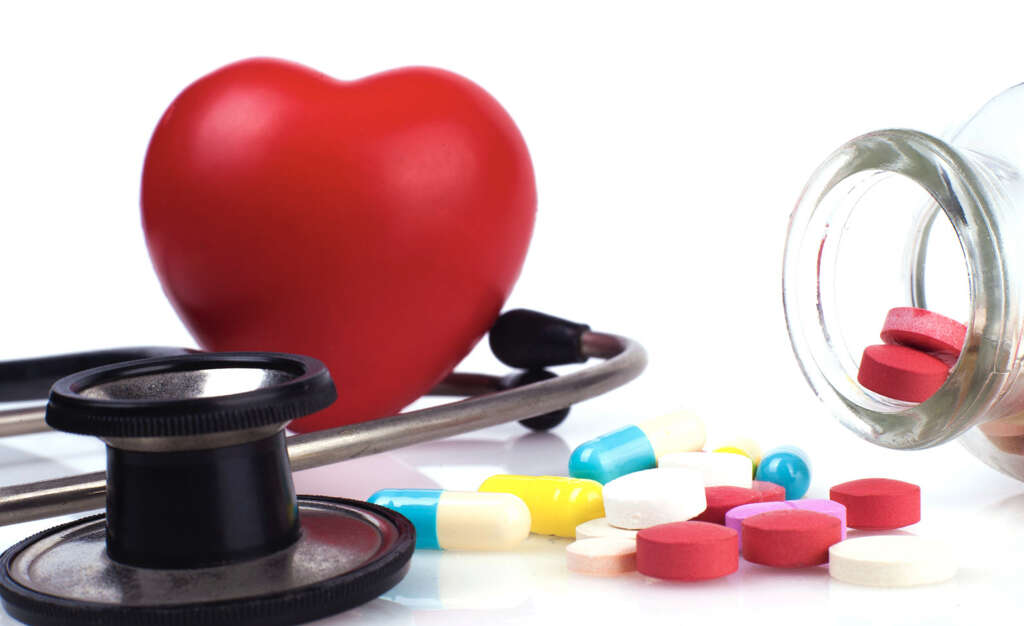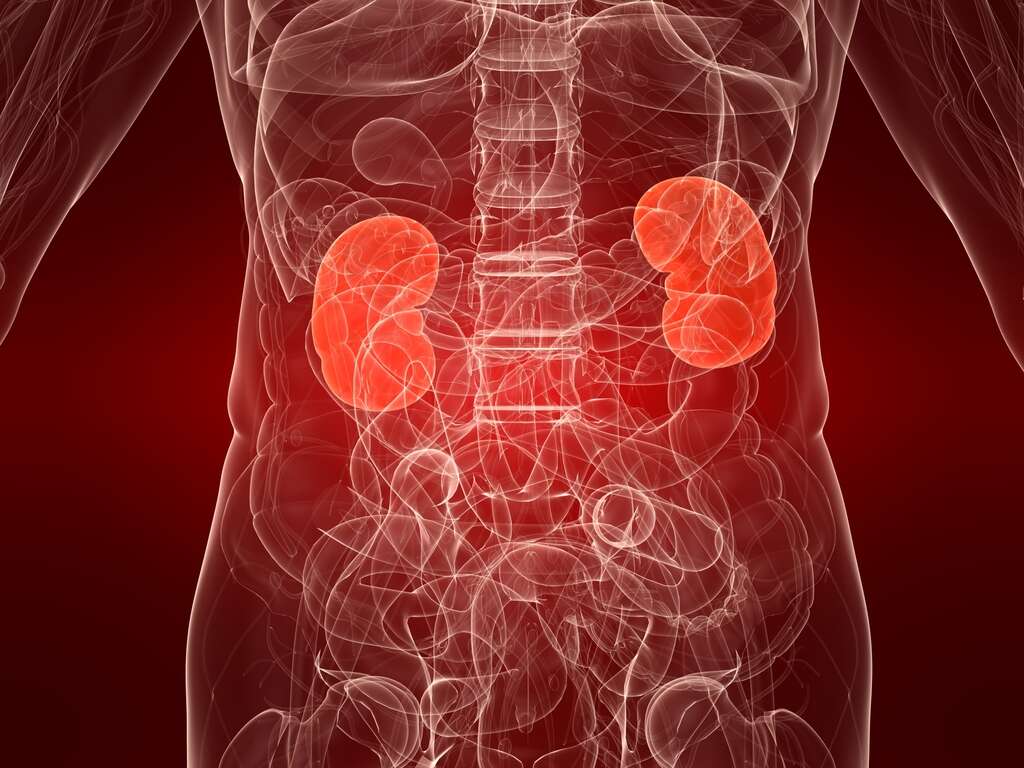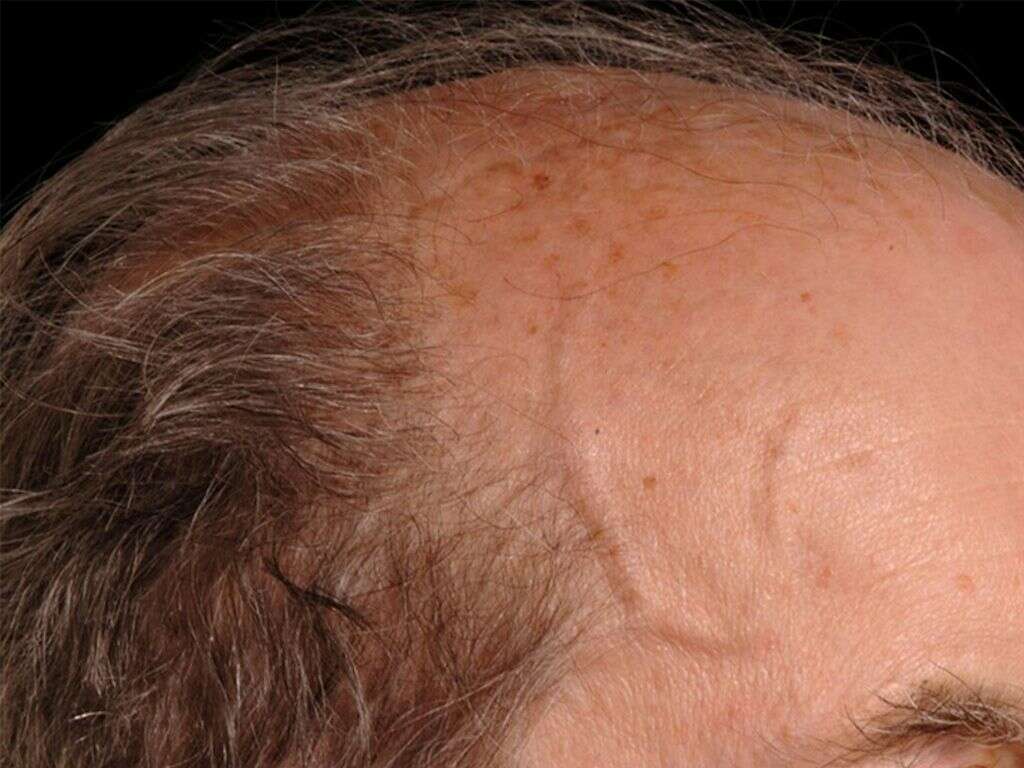What Is Fibromuscular Dysplasia?
Our arteries carry oxygen rich blood away from the heart and toward our organs and other bodily tissues. This oxygen is essential to us, so it is also essential that the blood is able to flow through our arteries unhindered. This is not a problem for most people, but some medical conditions can cause problems for some people.
Fibromuscular dysplasia is a condition that affects the walls of our arteries. In many cases, it can cause a significant disruption to the flow of our blood. The condition can go on to cause complications that help make it potentially very dangerous.
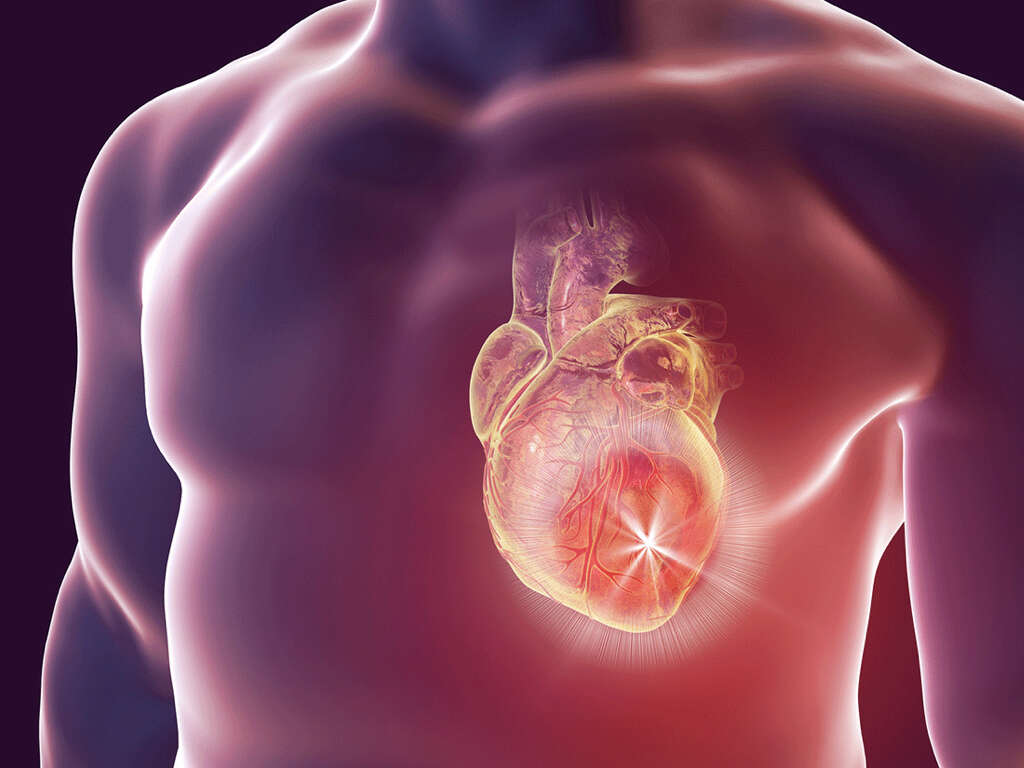
1. Fibromuscular Dysplasia
Fibromuscular dysplasia causes the walls of some of our arteries to grow in an abnormal manner. The arteries will have a beaded appearance when imaging equipment is used, because of the way the arteries are thicker in some places and thinner in others. Where the arteries are narrowed, the flow of blood through them is going to be restricted.
The condition usually happens in the arteries that supply blood to the brain and kidneys. It can also affect arteries that feed other parts of the body. There is no known cure for the condition, but it can be treated to help limit the severity of the patient’s symptoms.
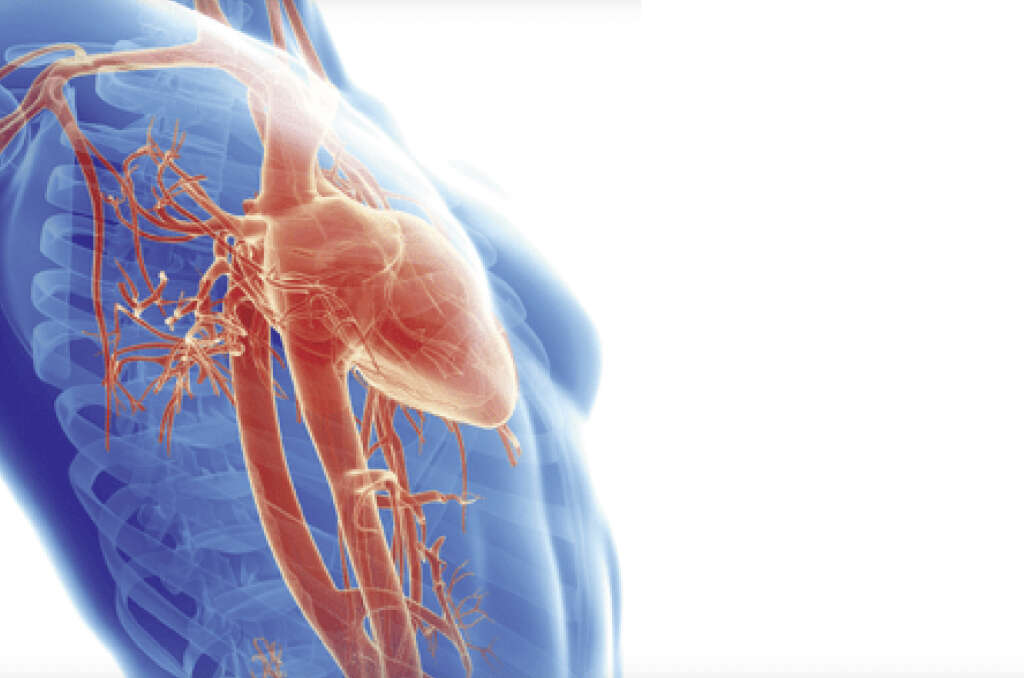
2. Causes
Little is known about what causes fibromuscular dysplasia. We do know, however, that there are certain factors that are likely to contribute toward the condition. One of these is genetics and, if there is a history of fibromuscular dysplasia in your family then you are at a higher risk of having it yourself.
In some cases, it is suspected that a lack of oxygen to the affected arteries is responsible for them developing abnormally. It is also suspected that there may be a link between the condition and certain hormones, and women are more likely to develop it than men are.
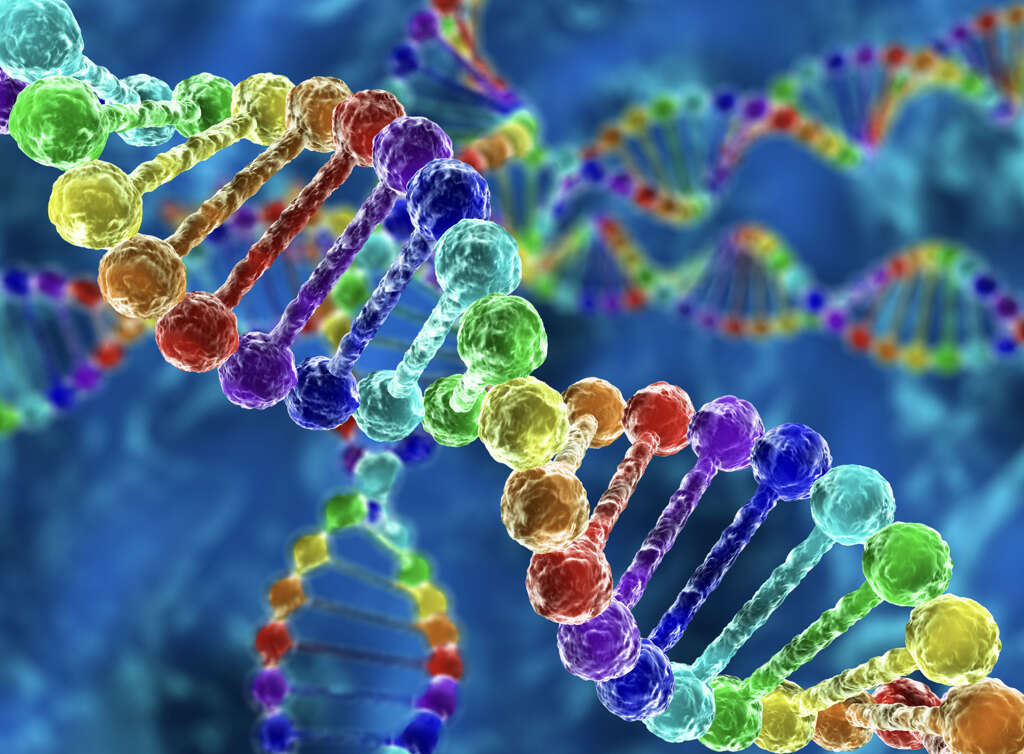
3. Brain
As mentioned, fibromuscular dysplasia will often affect the patient’s brain. More specifically it will be the carotid arteries that are affected. This will result in a number of unwelcome symptoms, including a headache and a pain in the neck area. Patients with fibromuscular dysplasia affecting the brain will experience dizziness sometimes also.
Other symptoms include tinnitus, which is a ringing or buzzing sound in the ears. The patient may also experience numbness and weakness in the limbs and in the facial muscles. Some people will also temporarily lose their vision, and some will find it harder to speak than usual.
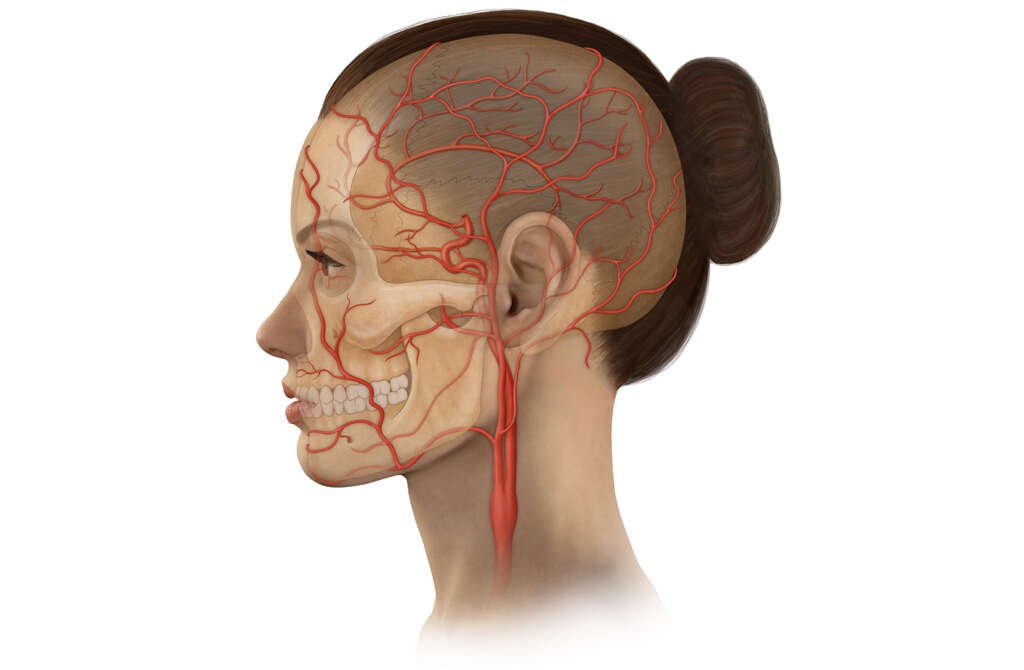
4. Kidneys
The renal arteries help to ensure that our kidneys are fed with a constant supply of fresh blood. This is important because it helps ensure that kidneys get the oxygen and nutrition that they need. It also ensures that the kidneys can perform their main role in filtering toxins and pathogens from our blood.
If the renal arteries are affected, it can cause the patient to develop a high blood pressure, and damage to the kidney’s tissues can occur. In some cases, it can even result in chronic kidney failure. Problems with the kidneys can be dangerous so it is something that should be checked out.

5. Heart
The coronary arteries transport blood directly to the heart’s muscles. This gives the muscles the nutrients and oxygen they need to keep on pumping blood around the body. When fibromuscular dysplasia occurs here, it will also sometimes come with tears in the walls of these arteries.
The flow of blood to the heart’s muscles being restricted will affect the heart’s ability to do its job. This will result in a number of symptoms that include a pain in the chest and being short of breath. It will also often cause nausea, and sweating. These are symptoms that should encourage you to see a medical professional if you have not done so already.

6. Peripherals
The peripheral arteries deliver blood to the outer parts of our body. This means our limbs, and our hands and feet. Problems can also occur here if the blood is not flowing as freely as it should do. This can result in a number of symptoms, one of which is discomfort when the peripheral body parts are being moved.
The condition can also cause the limbs, hands, and feet to take on a different color. It can also cause the muscle to become weaker than usual, and the patient will also sometimes experience numbness. The lack of warm blood flowing to the area can make the tissues in the peripherals feel cold.
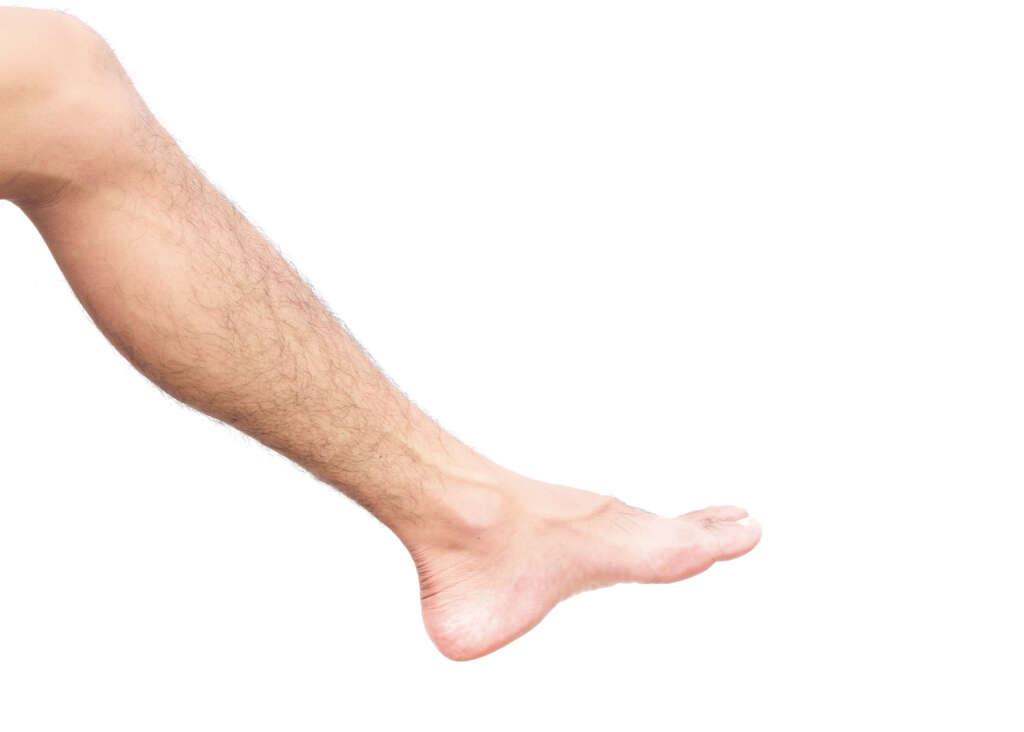
7. Abdomen
Our digestive system is fed with blood by the mesenteric arteries. A healthy digestive system is closely linked with good health overall, including physical and mental health. It is essential that the blood is able to flow freely here to help ensure that the body can continue to get all the nutrition it needs.
If the mesenteric arteries are affected by fibromuscular dysplasia, it is going to cause symptoms like abdominal pain after the patient has eaten. It can also cause the patient to lose weight suddenly and for no apparent reason. Unexplained weight loss can be a sign of something very serious, so it should be checked out as soon as possible.

8. Complications
In addition to the symptoms already mentioned, fibromuscular dysplasia will also sometimes cause potentially serious complications. One of these is a high blood pressure that, itself, can lead to other severe complications. Anybody with a high blood pressure should see what can be done to help reduce it.
Aneurysms are another possibility. These are areas in blood vessels that have bulged outwards due to the artery walls being weaker than usual. An aneurysm can be fatal if it ruptures. Tears in the artery walls can also occur. If the arteries feeding the brain are affected, then it can also lead to a stroke, which will be fatal in some cases.
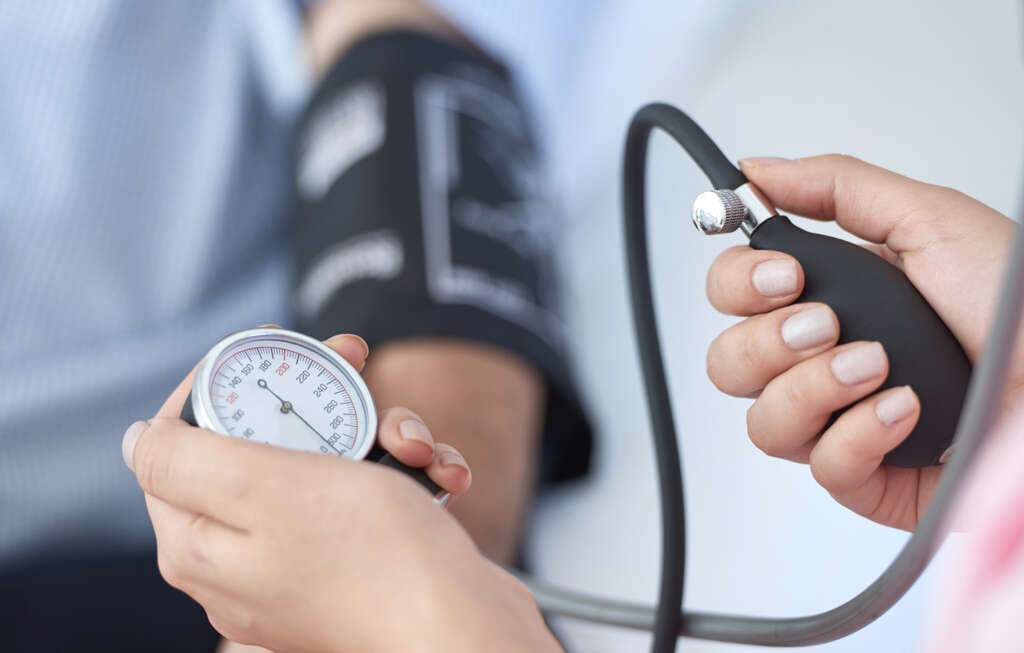
9. Risk Factors
We cannot be clear on exactly who will develop fibromuscular dysplasia, but there are some factors that will make you statistically more prone to the condition. One of these is sex, and women are significantly more likely to develop fibromuscular dysplasia than men are.
Another potential cause is age, and the condition is more likely to be found in people that are over the age of 50. People that have a history of the condition in their family are also more likely to develop it. Smokers are also in a higher risk category, and smoking may also may existing cases of fibromuscular dysplasia worse.

10. Treatment
Treatment of fibromuscular dysplasia will depend on a number of factors. One is the severity of the symptoms it is causing. In many cases, medication is prescribed that will help to regulate the patient’s blood pressure. Medication that helps to relax the blood vessels may also be used.
A number of other medications may also be used, but surgery may be deemed necessary in some cases. Surgery may include an angioplasty, which means using a balloon to help widen the blood vessel. A similar procedure can also help prevent the artery walls from rupturing. Surgery to repair damage to artery walls may also be necessary in some cases.
